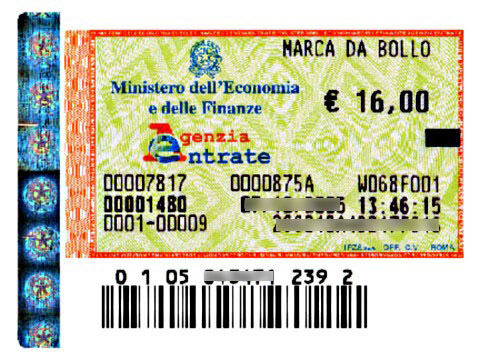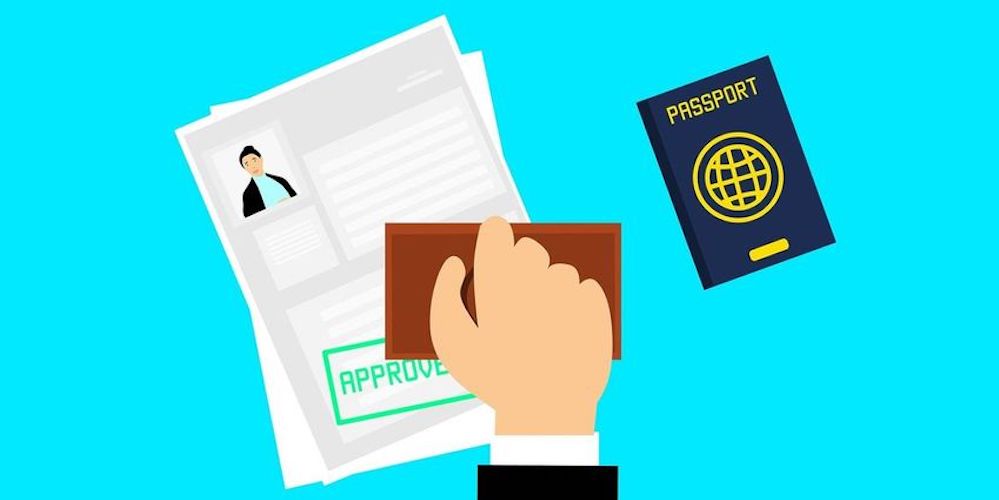It’s no secret that there are headaches involved with acquiring a long-term visa to live here in Italy. It can get complicated, but thanks to the many options and types of available visas, whether students, workers or retirees, there is a path for new expats. And, while the Italian digital nomad visa is still not available – hopefully it will be in 2023 – there is a self-employment visa for startups and freelancers. So, obtaining the legal right to come here is doable. But, what may not be talked about enough is the next step in the process – the permesso di soggiorno, or residence permit.
Because this visa is such a big deal, and the residence permit is just the natural progression to starting the expat life, some may expect it to be pretty simple. In my opinion, it’s never really simple, but just how complicated it is may vary.
In a recent conversation with young expats here on student visas, I learned that their permesso di soggiorno experiences differed significantly from my own.
Of course, the process itself doesn’t vary, but how it is implemented and the time it takes largely depends on the region, province or city in which you apply.

Wherever you plan to call home, be prepared for the following steps:
- After you’ve obtained your long-term visa in your home country, you must apply for your permesso di soggiorno within eight days of your arrival in Italy.
- Your initial “kit” of required documents may have been provided by the Consulate issuing your visa, but can be obtained free of charge at the post office. (In my case, two post offices were out of kits so I had to go to a third.) The documents are in Italian, but there are multilingual agents at most immigration offices or comunes (city halls) who will help you. If you’re not comfortable with the language, it’s a good idea to get help, as the kit is more than ten pages long with very detailed questions.
- Once your documents are completed, you must purchase a marca da bollo, which is a special sticker that you’ll affix to the front of the large envelope provided with your kit. The marca da bollo can be purchased for 16 euros at any tabaccheria, or tobacco shop (I know – don’t ask why, but this is where you not only buy cigarettes and cigars, but stamps, stationery and bus tickets).
- Take your packet, along with all required documents and copies listed, and head to the post office. As odd as it may seem to Americans, a great deal of Italian business is conducted at the post office. There, you’ll pay the required fees (currently totaling about 100 euros), leave your packet and all documents (including your passport), and receive a receipt and an appointment at the local questura, or police station. Keep your receipt with you at all times. In lieu of your residence permit, this shows that you’ve complied with all requirements in a timely fashion and you’re not in the country illegally.
- Your questura appointment may be weeks or months away, depending on the location and how busy they are. I met one student whose appointment was actually after the date her permit would have expired, given that it is the same one-year period as the original visa. If your residence address is in a less populated area, your questura won’t be such a nightmare, but most students and workers gravitate more toward city centers. My appointment took three months, which wasn’t terrible. But, it was at the questura in the center of Florence. It was huge and it was packed. After arriving early for my 11:30 a.m. appointment, I waited over five hours and was finally called just before closing time.
- At your questura appointment your passport will be returned. You’ll be asked a few questions, fingerprinted, and required to sign several documents. But wait, there’s more. Then you’re given yet another appointment to return and, hopefully, finally, receive your permesso di soggiorno. Exhausted yet?

Marca Da Bollo
Italy is pretty well-known for the bureaucratic labyrinth involved in doing just about anything. Once you’re here and accustomed to it all, it just becomes second nature.
In fact, until the conversation came up recently, I had almost forgotten just how confusing it can be for a new expat. For those who are not in a position to hire an immigration attorney, or would rather just go it alone, the information you need is out there.
Just check the government’s website for changes and updates and equip yourself with an abundance of patience.
And maybe pack a lunch.
––––––––––
Read more about visas in Italy here in Dispatches’ archives.
Read more of Carla’s work here.
Carla Bastos is an expat writer living in Italy.















